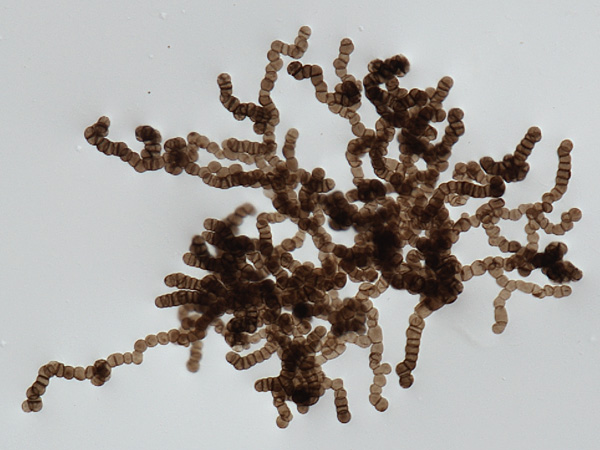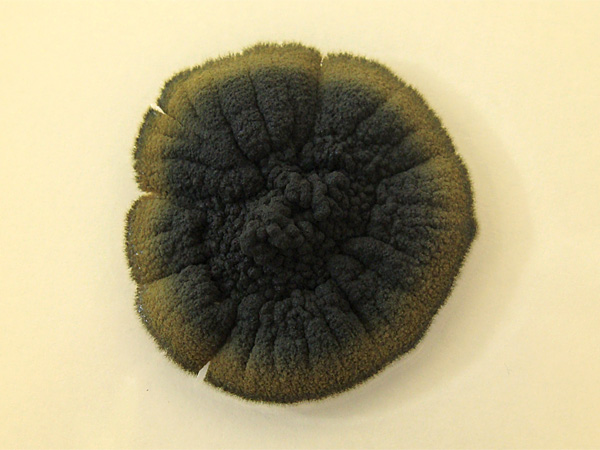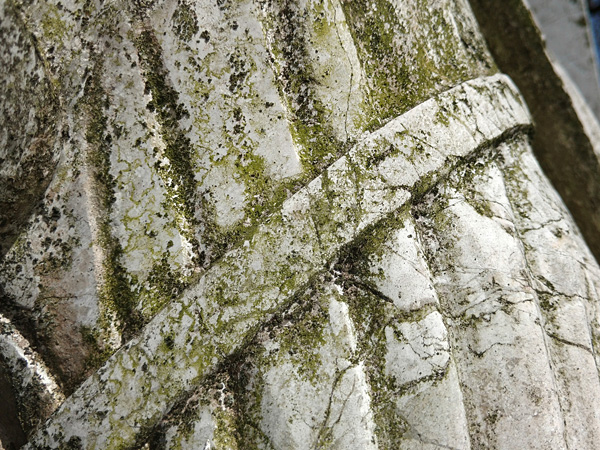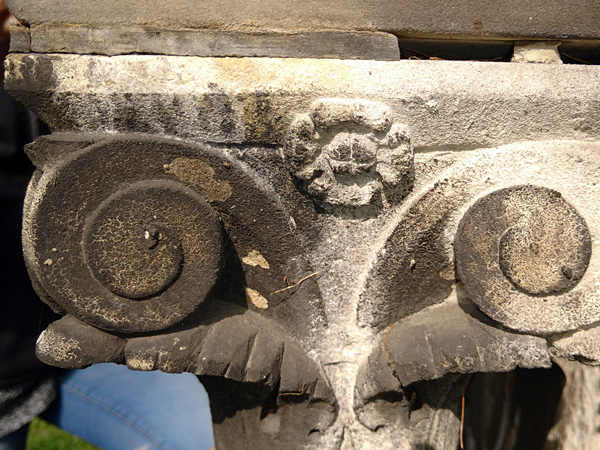Understanding biodeterioration – biofilm and the colonized substrate. The use of metabarcoding in research on the destruction of stone
Summary
Many of the world's most valuable monuments are made of stone and are exposed to erosive and deteriorating processes (mechanical decay and chemical decomposition due to the action of solar energy, air, water, and living organisms). In order to protect these monuments against rapid deterioration, various conservation practices focused primarily on the effects of physical and chemical factors are used. Knowledge about the participation of microorganisms in the rock deterioration process is limited. Therefore, it is not known how to protect the rock materials against microorganisms and whether it should be done at all.
A subaerial biofilm (SAB), an ecosystem made up of numerous microorganisms, mainly bacteria, fungi, and algae, is formed on the surface of rocks. It is presumed that the SAB-forming microorganisms use coordinated survival strategies to avoid loss of energy (related to competition and reproduction) and to increase their resistance to biocides. By living together, microorganisms can cope with stress better than if they were alone. The microorganisms themselves, the polymers in which they are embedded (EPS, extracellular polymeric substances) and the products of their metabolism affect the rocks mechanically and chemically. Ultimately, they damage stone and reduce its aesthetic value. Due to the small number of studies, and especially the focus on the analyzes of individual taxonomic groups forming SAB, there is no sufficient understanding of the functioning, adaptation, and role of biofilm in the biodeterioration process.
The research that will be carried out in the course of this project is aimed at adopting next-generation sequencing (NGS) to characterize the taxonomic composition of a biofilm depending on the type of colonized substrate, and consequently to assess the bioreceptivity – susceptibility to colonization of the types of natural rocks most often used in art and architecture.
The project will be carried out as part of an internship at the Institute of Evolutionary Biology of the University of Warsaw.
Among the results of the project will be a new insight on the SAB taxonomic composition for selected types of rocks found in Kraków and enrichment of the project manager's skills in the use of NGS techniques.

A representative of mycobiota of rocky habitats in in vitro culture.
Photo: Magdalena Owczarek-Kościelniak.

A representative of mycobiota of rocky habitats in in vitro culture.
Photo: Magdalena Owczarek-Kościelniak.

Fragment of a stone monument – research object.
Photo: Magdalena Owczarek-Kościelniak.

Fragment of a stone monument – research object.
Photo: Magdalena Owczarek-Kościelniak.






